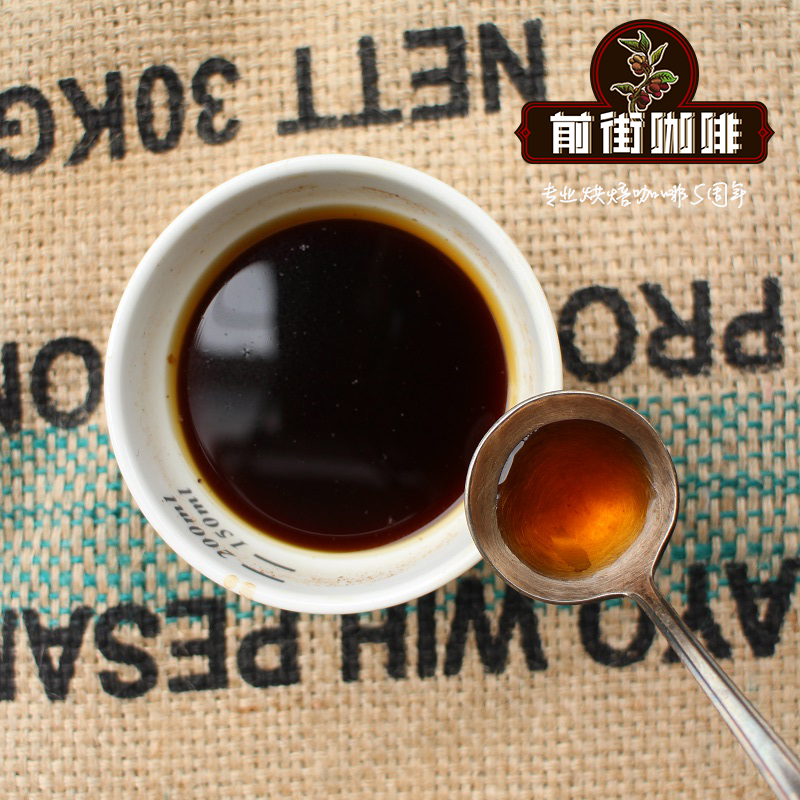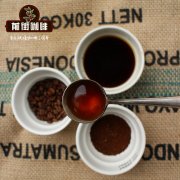A brief introduction to the origin and planting environment of Kona, a boutique coffee bean from Hawaii

Professional coffee knowledge exchange more coffee bean information please follow the coffee workshop (Wechat official account cafe_style)
Kona coffee beans, which are grown in the Kona area of Hawaii, are a rare species that can only be grown on volcanic slopes. In addition to its beautiful scenery, Hawaii, a beautiful tropical Pacific island, also produces the famous Kona coffee. Kona Coffee is famous because its main producing areas are located in the south and north of the main island and the slopes of the Mauna Loa volcano. This variety is one of the most expensive coffee in the world, and only coffee produced in Kona can be called "Kona Coffee". In addition, the southwest coast of Hawaii Island, 20 miles long, 2 miles wide, 150m-750m above sea level, covers the slopes of the Hualalai (Lalai) and Mauna Loa (Mauna Loa) volcano areas grown and strictly certified coffee beans can be sold under the trademark Kona. As the output of coffee beans is decreasing day by day, the price is close to that of Blue Mountain Coffee. The strip along the coast of Kona produces the best coffee in the world, and the output is also among the highest in the world. Kona can still produce 2 million pounds of coffee beans a year on less than 2600 acres of coffee.
The Kona Coffee, which is popular in the world, is born in the special climate of Hawaii. The elevation of the Kona area is about 600m, but because the climate belongs to the maritime climate, its climatic conditions are similar to those of the 1200m elevation in the Central American region. the mountains are rainy and much cooler than peacefully. Although Hawaii is often affected by tornadoes, the climatic conditions are very suitable for the coffee industry. In addition, Hawaii has plenty of rainfall and sunshine, and there is no worry of frost. The climate is very suitable, the sun in the morning gently passes through the air full of water vapor, in the afternoon, the mountains will become more humid and foggy, and the white clouds surging in the air are natural umbrellas for coffee trees, and the evening will become sunny and cool. Suitable natural conditions make the average yield of Kona coffee very high, up to 2240 kg per hectare, coupled with fertile land and fine management of farmers, making coffee suitable for growing climate. Make Kona coffee a boutique in the market.
End
Important Notice :
前街咖啡 FrontStreet Coffee has moved to new addredd:
FrontStreet Coffee Address: 315,Donghua East Road,GuangZhou
Tel:020 38364473
- Prev

Brewing and sharing: how to brew Hawaiian boutique coffee Kona
Professional coffee knowledge exchange more information about coffee beans Please pay attention to the strong sour and sweet taste of the coffee workshop (Wechat official account cafe_style). The taste is smooth and smooth. Growing on volcanoes, Hawaii's unique volcanic climate gives Kona coffee its unique aroma and high-density artificial farming, so each bean can be said to be a pampered boudoir.
- Next

Coffee knowledge sharing: main ingredients and aroma sources of coffee beans
Professional coffee knowledge exchange more coffee bean information Please pay attention to the main ingredients of coffee beans in the coffee workshop (Wechat official account cafe_style) sucrose: in the baking process, part of the sucrose will be broken down into acetic acid, formic acid, glycolic acid, lactic acid, the other part of the sucrose will go through the caramelization reaction to form caramel, which increases the flavor of the coffee. Caffeine: with a bitter taste and a high melting point
Related
- Beginners will see the "Coffee pull flower" guide!
- What is the difference between ice blog purified milk and ordinary milk coffee?
- Why is the Philippines the largest producer of crops in Liberia?
- For coffee extraction, should the fine powder be retained?
- How does extracted espresso fill pressed powder? How much strength does it take to press the powder?
- How to make jasmine cold extract coffee? Is the jasmine + latte good?
- Will this little toy really make the coffee taste better? How does Lily Drip affect coffee extraction?
- Will the action of slapping the filter cup also affect coffee extraction?
- What's the difference between powder-to-water ratio and powder-to-liquid ratio?
- What is the Ethiopian local species? What does it have to do with Heirloom native species?

